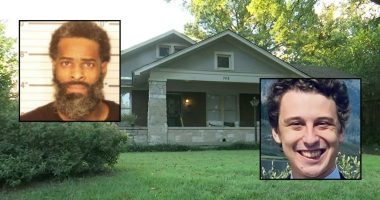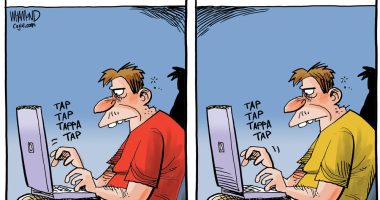
Immediately after the disaster, all theaters in Washington, D.C., were ordered closed and buildings underwent inspections. Multiple inquiries were called for, and several were eventually put together to try to find out what the heck had caused the roof of the Knickerbocker Theatre to collapse so suddenly. The belief was that the snow alone could not possibly have been the reason. There had to be something else about the building that resulted in it being unable to take the weight.
From the beginning, it seemed that sloppy construction practices must be to blame. One engineer who viewed the wreckage believed it would come down to the use of shoddy materials. Despite this, the owner of the theater, Harry Crandall, said he was fine with the probes and hoped that those found responsible for the disaster faced justice, according to a February 1922 issue of the Evening Star.
In the end, it was discovered that the steel beams that supported the roof were barely attached to the walls of the theater, instead basically just resting on top of them. This meant the snow had a much greater effect than if the beams had been anchored correctly. A grand jury later recommended five people be charged with manslaughter, including the architect, Reginald Geare. However, according to building codes at the time the theater was constructed, there was nothing illegal about the shortcuts the builders had taken, so no one ever went on trial for the Knickerbocker disaster.









